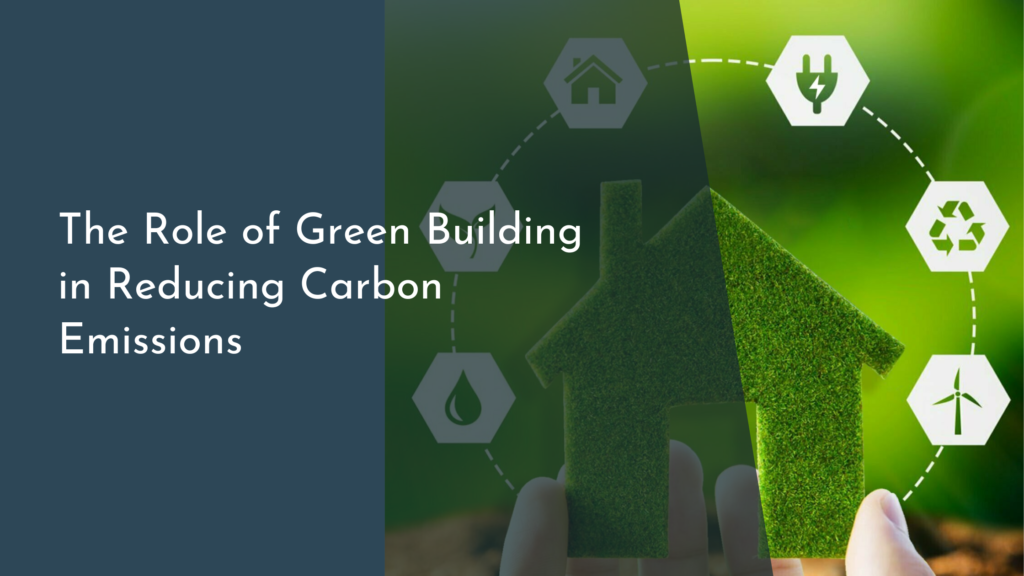Urban Cooling Through Green Canopies
As urban areas expand, the heat generated by concrete, asphalt, and human activity can lead to higher temperatures, creating what is known as the “urban heat island” effect. One innovative and eco-friendly solution to combat this phenomenon is the implementation of urban green canopies. These canopies, composed of trees, shrubs, and other vegetation, not only provide shade and lower temperatures but also enhance the quality of life in our cities. In this article, we will explore the myriad benefits of urban green canopies, their aesthetic contributions, creative design solutions, and how you can be part of the movement to promote urban cooling in your community.
Discover the Benefits of Urban Green Canopies for Cooling
Urban green canopies play a pivotal role in cooling cities during sweltering summer months. Studies indicate that shaded areas can be significantly cooler than those exposed to direct sunlight, often reducing temperatures by as much as 10 degrees Fahrenheit. This cooling effect not only makes outdoor spaces more comfortable for residents but also decreases the demand for energy-intensive air conditioning in nearby buildings. As a result, urban green canopies contribute to lower energy consumption and reduced greenhouse gas emissions, promoting a healthier environment.
In addition to cooling benefits, green canopies improve air quality by absorbing pollutants and releasing oxygen. Trees and plants act as natural air purifiers, capturing dust, carbon dioxide, and harmful gases. This leads to better respiratory health for city dwellers and enhances overall well-being. Moreover, urban green spaces provide critical habitats for wildlife, fostering biodiversity and encouraging a more balanced ecosystem in our cities.
How Trees and Plants Beautify Our Cities and Lower Temperatures
The visual appeal of trees and plants in urban settings cannot be overstated. Green canopies transform concrete jungles into vibrant landscapes, making cities more aesthetically pleasing and inviting. By incorporating a variety of tree species and flowering plants, urban planners can create beautiful, lush environments that attract residents and visitors alike. These spaces often become community gathering points where people can relax, socialize, and connect with nature.
Furthermore, the presence of greenery has been linked to improved mental health and well-being. Access to parks and green spaces can reduce stress, enhance mood, and promote physical activity. As urban temperatures rise, having shaded areas for leisure activities becomes increasingly important, making green canopies not only a cooling solution but also a vital component of urban health and happiness.
Creative Solutions: Designing Effective Green Canopy Spaces
Designing effective green canopy spaces requires creativity and collaboration between urban planners, architects, and the community. Innovative approaches include the use of vertical gardens, green roofs, and tree canopies over sidewalks and streets. These designs can maximize the use of limited space while providing essential cooling effects and aesthetic enhancements. For instance, streets lined with shade trees or open-air markets shaded by canopies of climbing plants can create inviting spaces that encourage pedestrian activity.
Additionally, incorporating native plant species into green canopy designs can promote environmental sustainability. Native plants are often more resilient, requiring less water and maintenance than non-native species. This not only reduces the ecological footprint of urban landscaping but also supports local wildlife. By prioritizing sustainability in the design of green canopy spaces, cities can create lasting benefits for both residents and the environment.
Join the Movement: Promote Urban Cooling in Your Community!
Getting involved in urban cooling initiatives is easier than you might think! Start by advocating for the planting of trees in local parks, playgrounds, and schoolyards. You can also collaborate with community organizations to organize tree-planting events or clean-up days in neighborhoods that lack green spaces. Every single tree planted contributes to the larger goal of urban cooling, making our cities more livable and enjoyable.
Moreover, educate your friends and family about the importance of urban green canopies and their role in combating climate change. Share resources and information about local initiatives and encourage them to participate. By working together as a community, we can create a network of green canopies that not only cool our cities but also foster a sense of belonging and connection to the environment. Let’s all join the movement for a greener future!
Urban cooling through green canopies is not just a trend; it’s a vital strategy for enhancing the livability of our cities. With their ability to lower temperatures, improve air quality, and beautify urban landscapes, green canopies bring immense benefits to our communities. By embracing creative design solutions and encouraging active participation, we can all play a role in promoting urban cooling. So, let’s roll up our sleeves, plant some trees, and nurture our environments for a cooler, greener tomorrow!


